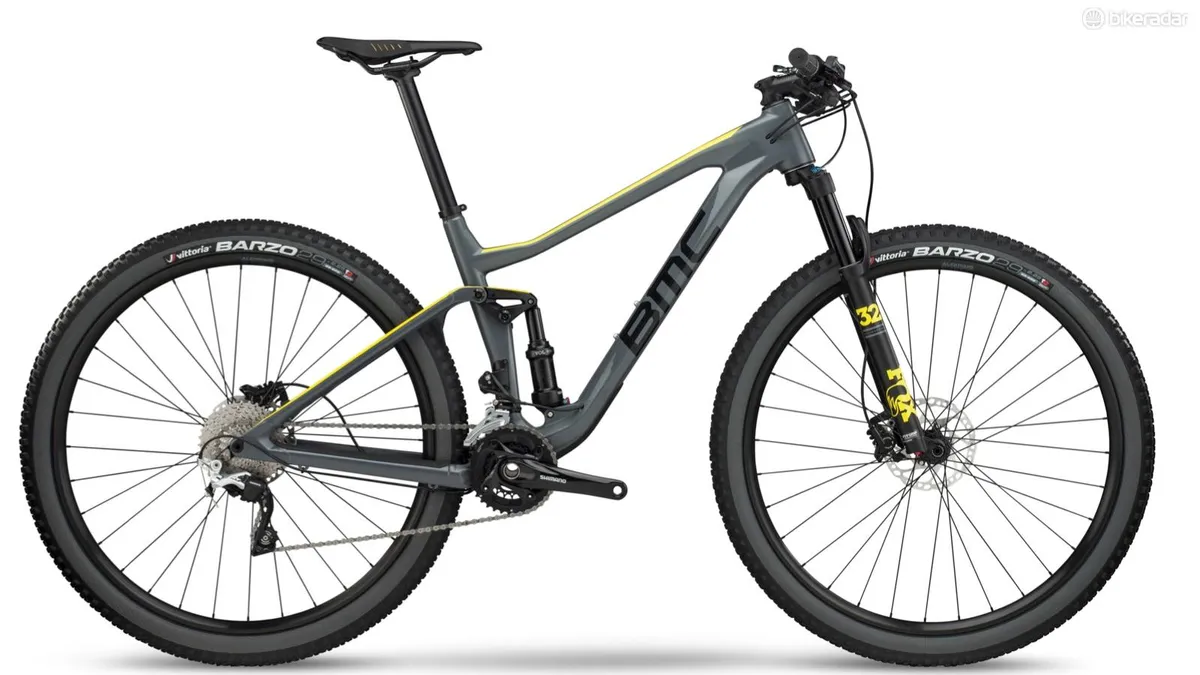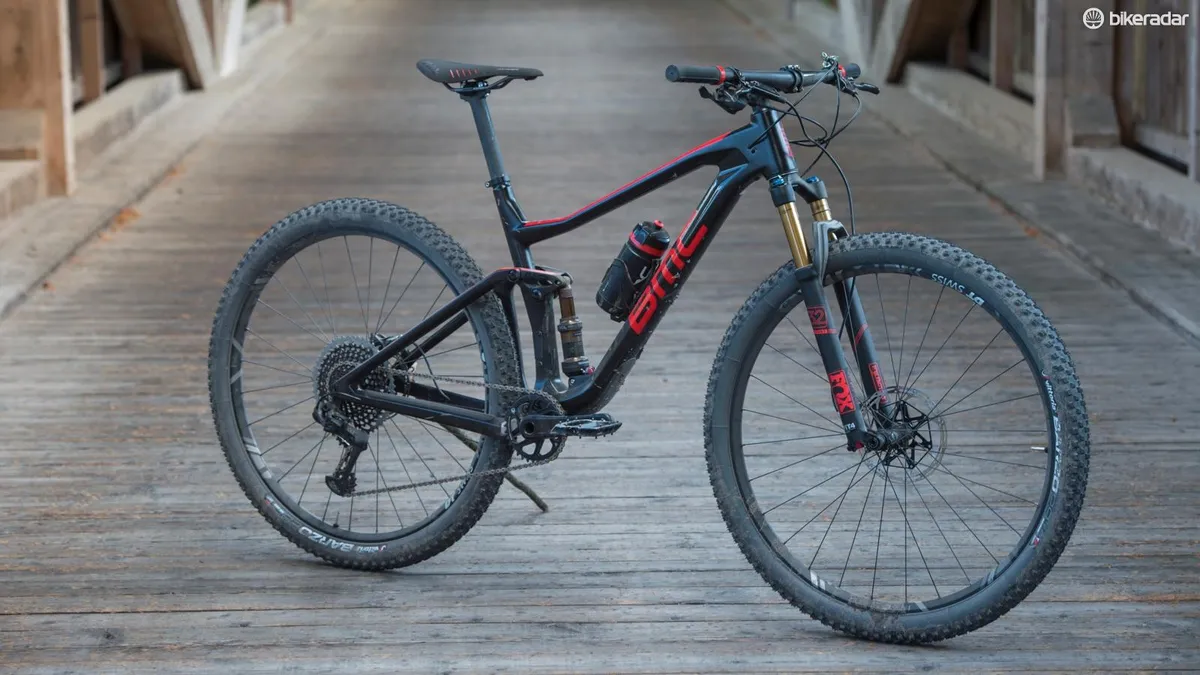There’s a growing trend towards full-sus XC bikes with a little extra rowdiness built in. Add a little travel, slacken the head angle, maybe fit a dropper post too, and you have a bike that is still capable of holding its own on the XC race course but is altogether more versatile, more fun and more comfortable.
BMC Agonist 01 ONE spec overview
- Frame: Premium carbon
- Fork: Fox Float 32 FIT4, 110mm
- Shock: Fox Float DPS EVOL, 110mm
- Wheelsize: 29in
- Drivetrain: SRAM XX1 Eagle
- Brakes: SRAM Level Ultimate, 160/160mm
- Head angle: 69 degrees
- Seat angle: 73.75 degrees
- Reach: 435mm
- Frame weight: 2,180g, size medium
The Agonist is BMC’s answer to this emerging genre. It’s not a replacement for its existing Fourstroke, which will continue to be its primary platform for world cup style XC racing.
Instead, the Agonist is aimed at marathon racers, or riders who want a bike that can happily be raced between the tapes but is less of a one-trick pony. It gets 10mm more travel at each end than the Fourstroke (110mm up from 100mm), the head angle is one degree slacker at 69 degrees and the standover clearance has been increased.
All this is intended to make the Agonist more forgiving in the rough or on longer rides – more on our ride impressions later.
The claimed weight for the Agonist frame is 2,180g for a size Medium with shock and hardware. That compares to 1,950g for the Fourstroke.
Clever cable routing
BMC also wanted the Agonist to be a bike that’s easy for the owner to live with. It designed the lower link to sit inside the mainframe, rather than being bolted to the outside, in order to allow the internal cable routing to flow through the lower link from the front triangle to the rear.
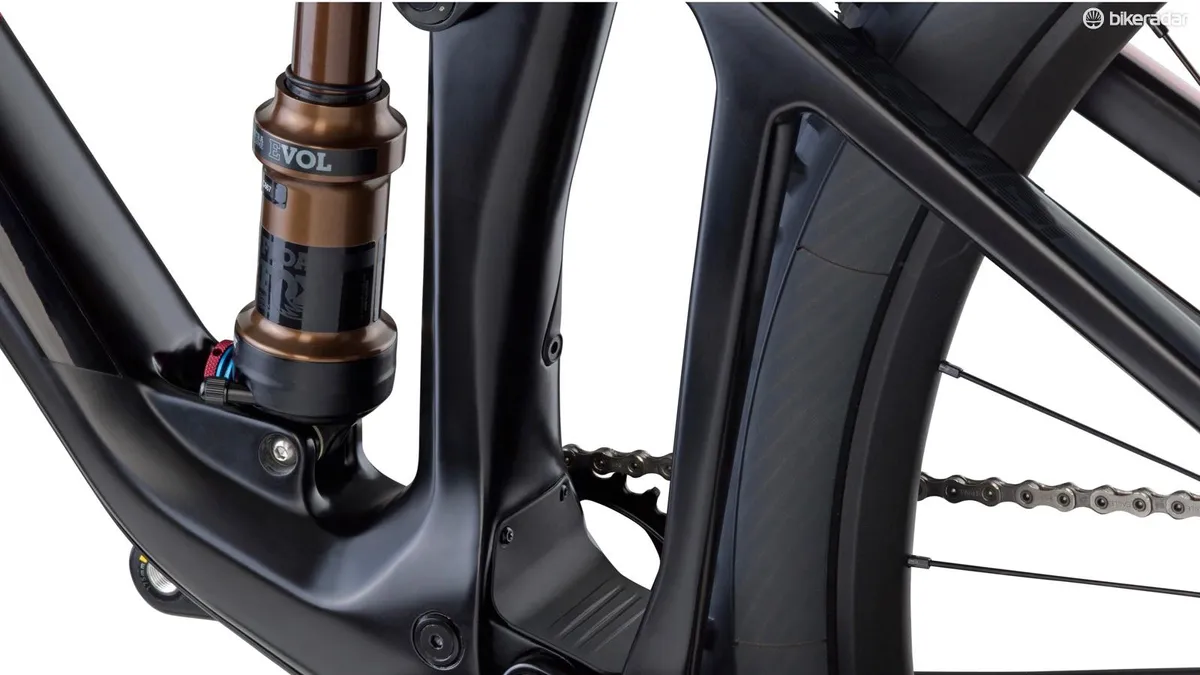
According to BMC, this means the brake and gear cables can be fed in by the head tube, guided through the whole frame then pop out right by the rear brake or derailleur. Though we didn’t get chance to try this out for ourselves, it should make the Agonist much easier to swap brakes or change gear cables.
By running the shock upside down, the lockout lever is accessed by a remote cable which is also fed neatly through the down tube. There’s also provision for a fourth cable to be run through the down tube.
This can be used to operate a front mech, which is installed to a direct mount on the seat tube. Alternatively, a stealth dropper cable can be run through the down tube, entering the seat tube where the front mech mounts to the frame.
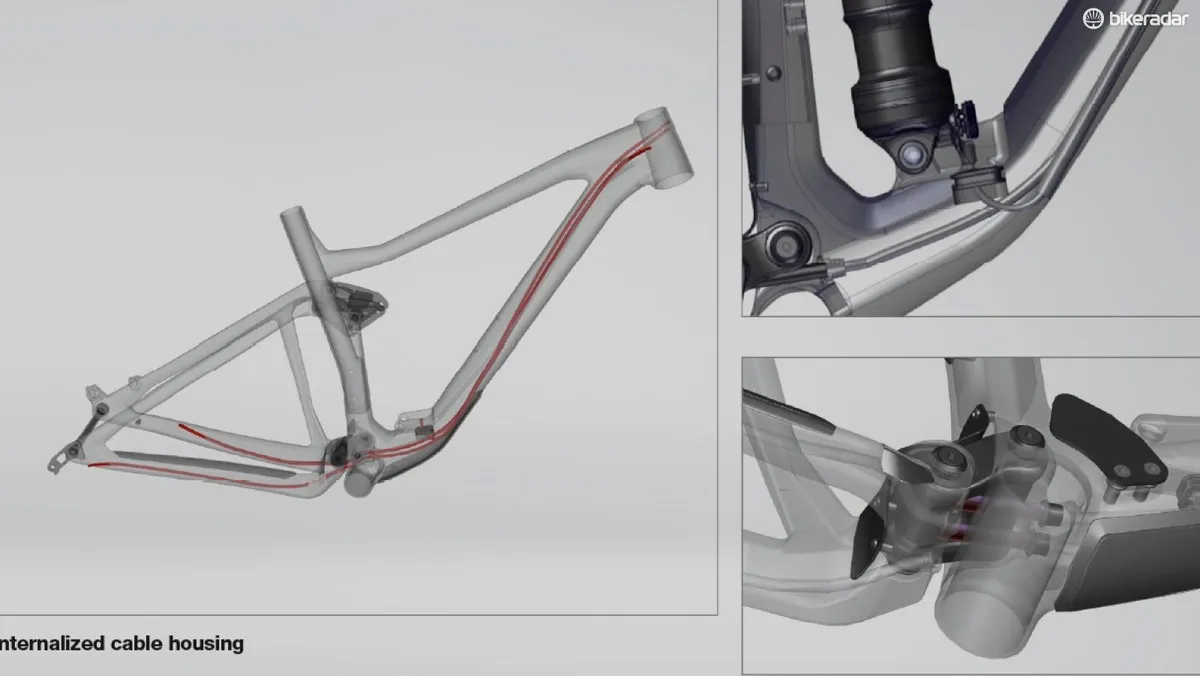
Unfortunately, there’s no provision to run an internally-routed dropper post and a front mech; it’s one or the other.
All models will be sold without a dropper post, and the cheaper models are fitted with front derailleurs. The premium 01 model is a full carbon frame, while the cheaper 02 models use an alloy swingarm along with Shimano 2x11 gearing.
Suspension subtleties
BMC uses an unusually long stroke shock for a bike of this travel. This results in a 2:1 average leverage ratio, meaning for every two millimetres the rear wheel moves, the shock moves (on average) one millimetre. Most bikes use a leverage ratio of around 2.5:1 or higher.
The advantages of this low leverage ratio include more control over the oil flow in the damper, a firmer lockout mode due to the lower forces acting on the shock, better shock reliability and heat management. Potential disadvantages include reduced sensitivity and breakaway force, as there is less leverage to overcome the friction in the shock.
That’s the theory, but when we took it for a ride we found the rear suspension to be impressively sensitive over small bumps like wrist-sized roots. Although the frame doesn’t seem to flex much under power, there is a small but noticeable amount of pedal bob when pedalling out of the saddle with the shock left open.
This suggests a relatively low level of anti-squat. That slight bit of bob is no great drama thanks to the easy-to-use lockout lever on the bar. Flick that on, and the bike stiffens up nicely and surges up the climbs.
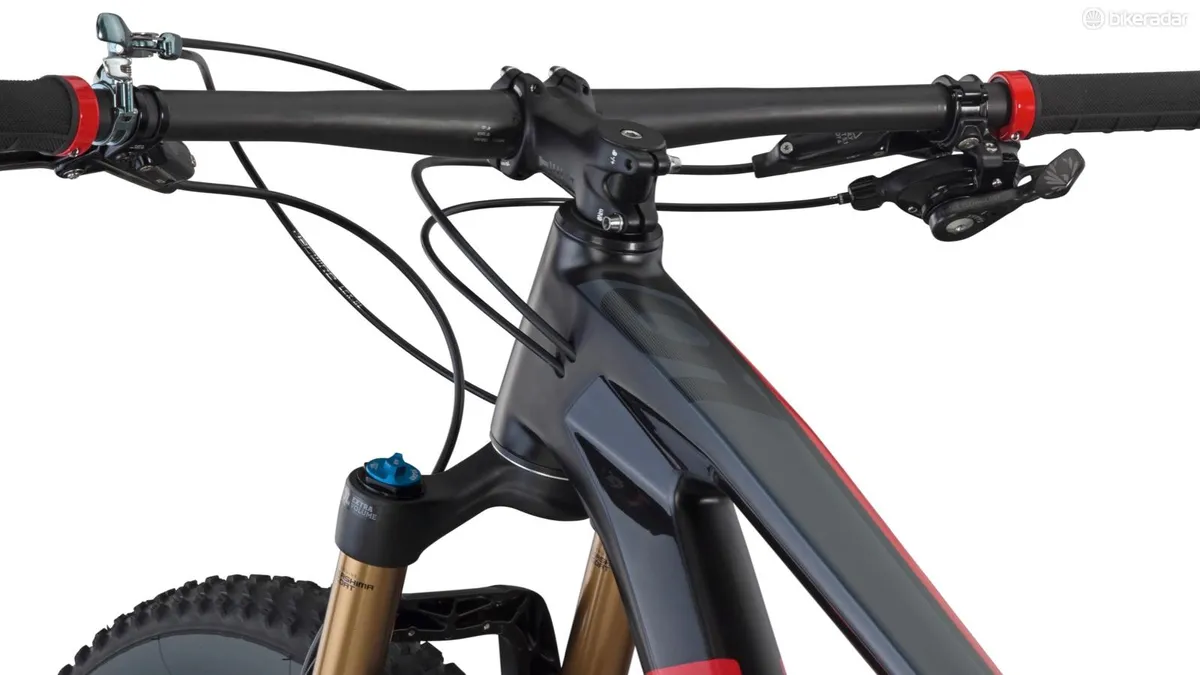
The advantage of not overdoing the anti-squat is apparent when pedalling over bumps. Here, the suspension remains relatively active when the chain is under tension due to pedalling.
The Fox DPS EVOL shock is a good choice, too, offering excellent stuck-down traction and decent support. Even for XC riding, the more linear initial stroke of the EVOL air can is appreciated over the LV can, more commonly seen on bikes of this travel, as it offers greater sensitivity and support.
The Fox 32 fork feels great on flatter trails and smaller bumps, too. The lightweight Vittoria Barzo tyres, which I’ve never used before, may have something to do with this, but the overall ride was impressively supple over roots and small chatter.

The fork does bind and spike when confronted with bigger bumps and hard braking, especially for those of us who aren’t exactly built like a cross-country racer; I would have preferred a stiffer fork, but this is perhaps a little outside the remit of this bike.
Dropper dilemma
One thing I think this bike would definitely benefit from is a dropper post. Yes, some XC racers can ride technical terrain fast with their seat fully up, but as long as BMC wants to keep the Fourstroke as its out-and-out racer, it seems a little masochistic to spec a fixed post on a bike designed to be more forgiving and versatile.

I’m sceptical as to whether dropper posts are actually a disadvantage even for world cup XC racing anyway, but that’s a debate for another day. For more on dropper posts for XC, check out this test.
Factor that out, and the Agonist is an impressively forgiving and supple ride. It’s light, and pedals well too if you don’t mind toggling a lockout switch from time to time. I can’t really say too much more than that based on my limited time riding it in Switzerland, but we hope to get our resident XC experts testing one before long.
BMC Agonist pricing and availability
Agonist 01 ONE
The Agonist 01 ONE I rode will cost €6,999 and will be in the shops by July.
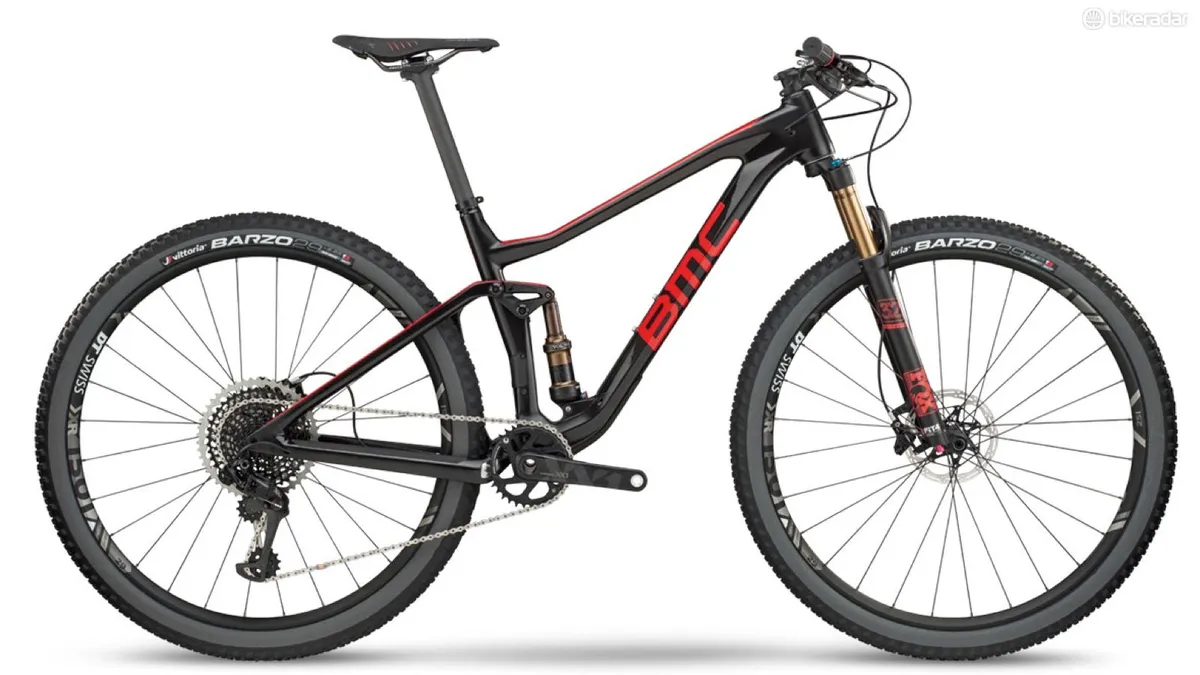
Agonist 02 TWO
The cheaper model, the Agonist 02 TWO, will cost €3,499 and be on sale by August.
